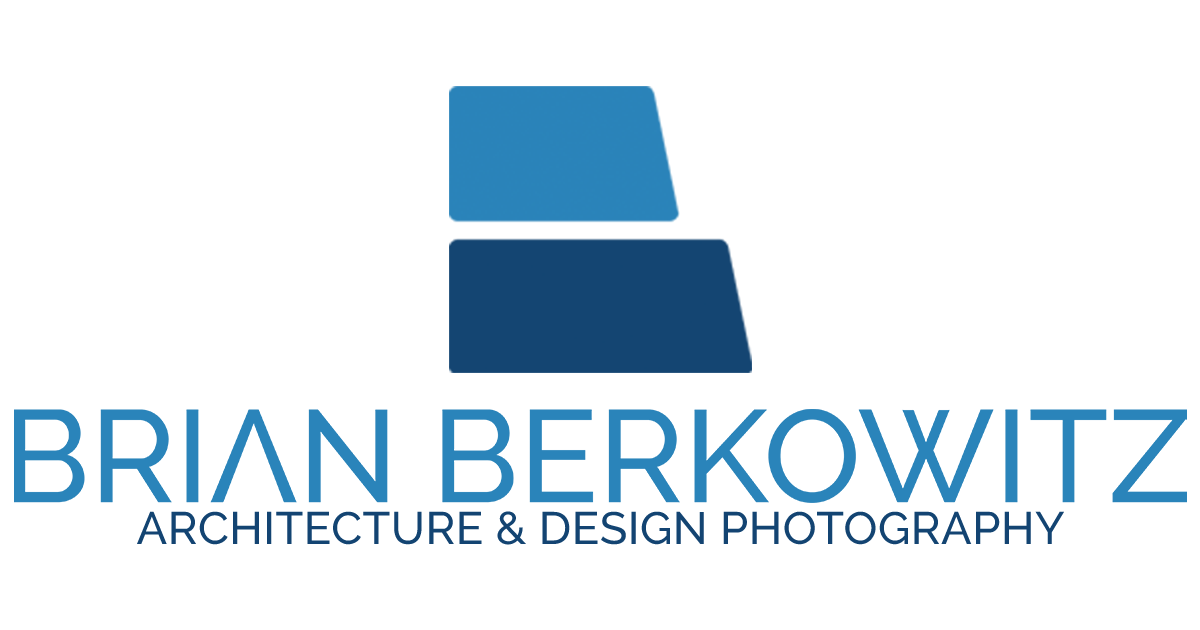Architecture & Design :: New York :: Interview with Beth Donner
In the first episode of Architecture & Design :: New York, I sit down with Beth from Beth Donner Design. Beth spealizes in hospitality design and her resume include restaurants, hotels, catering halls and fire stations.


